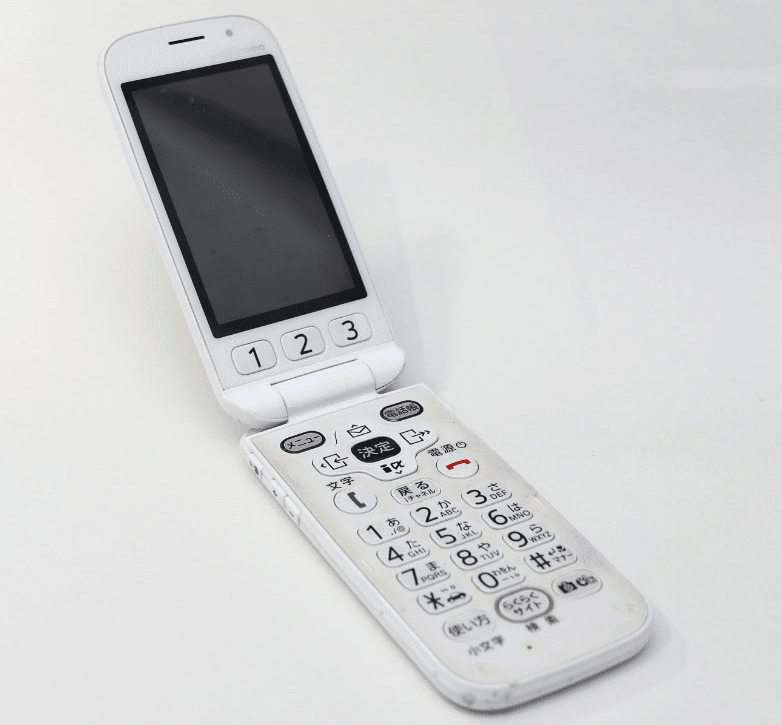
もう手帳を買わなくなった
昨年の途中まではずっと働いていたので、前年末に手帳を買って、仕事の予定を書き込んでいた。
最初は千円程度、その後は数百円、ここ数年は百円ショップで110円のものとだんだん安いものを買うようになった。
でも今年、2025年は無職なので買わなかった。
日常の予定は卓上カレンダーに書いている。
例えば医者の予約日。
図書館に本を返す締め切り日。
どれもカレンダーの小さな余白にかけるほどの内容。
それ以外の、自分でこの日、あるいはこの日までにやろうと思っていることは、携帯電話のスケジュール表に書き込んでいる、ドコモのFOMA端末に。

軽くて小型で、持ち運びやすいし、電池の寿命が長いし、使える間は使おうと思う。それに安い。
問題があるとしたら、文字が小さいこと。
医者に会ったら聞きたいこと、スーパーで買うものなどもこれに書き込んでいる。
ただ、最近はスーパーに行くときにこれを家に置いていってしまうのが問題だ。
タイトル写真は、「手帳カスタマイズの第一歩は100均から始めよう!」から引用
I don't buy planners anymore.
I was working until the middle of last year, so I bought a planner at the end of that year and wrote down my work schedule. At first they were around 1,000 yen, then a few hundred yen, and in the past few years I've started buying cheaper ones, such as ones for 110 yen from 100 yen shops. But this year, 2025, I won't be unemployed, so I didn't buy one.
I write my daily schedule on a desk calendar. For example, doctor's appointment dates. Deadlines for returning books to the library. All of these are small enough to fill the small margins of the calendar.
Other than that, anything that I want to do on this day or by this date I write down in the schedule on my mobile phone, my Docomo FOMA terminal.
It's light, small, and easy to carry, the battery life is long, and I plan to use it as long as it lasts. It's also cheap. If there's one problem, it's that the text displayed is small. I also write down things I want to ask the doctor when I see him, and things I buy at the supermarket.
However, the problem lately is that I leave it at home when I go to the supermarket.
The title photo is taken from "The first step in customizing your planner is to start at the 100 yen shop!"
